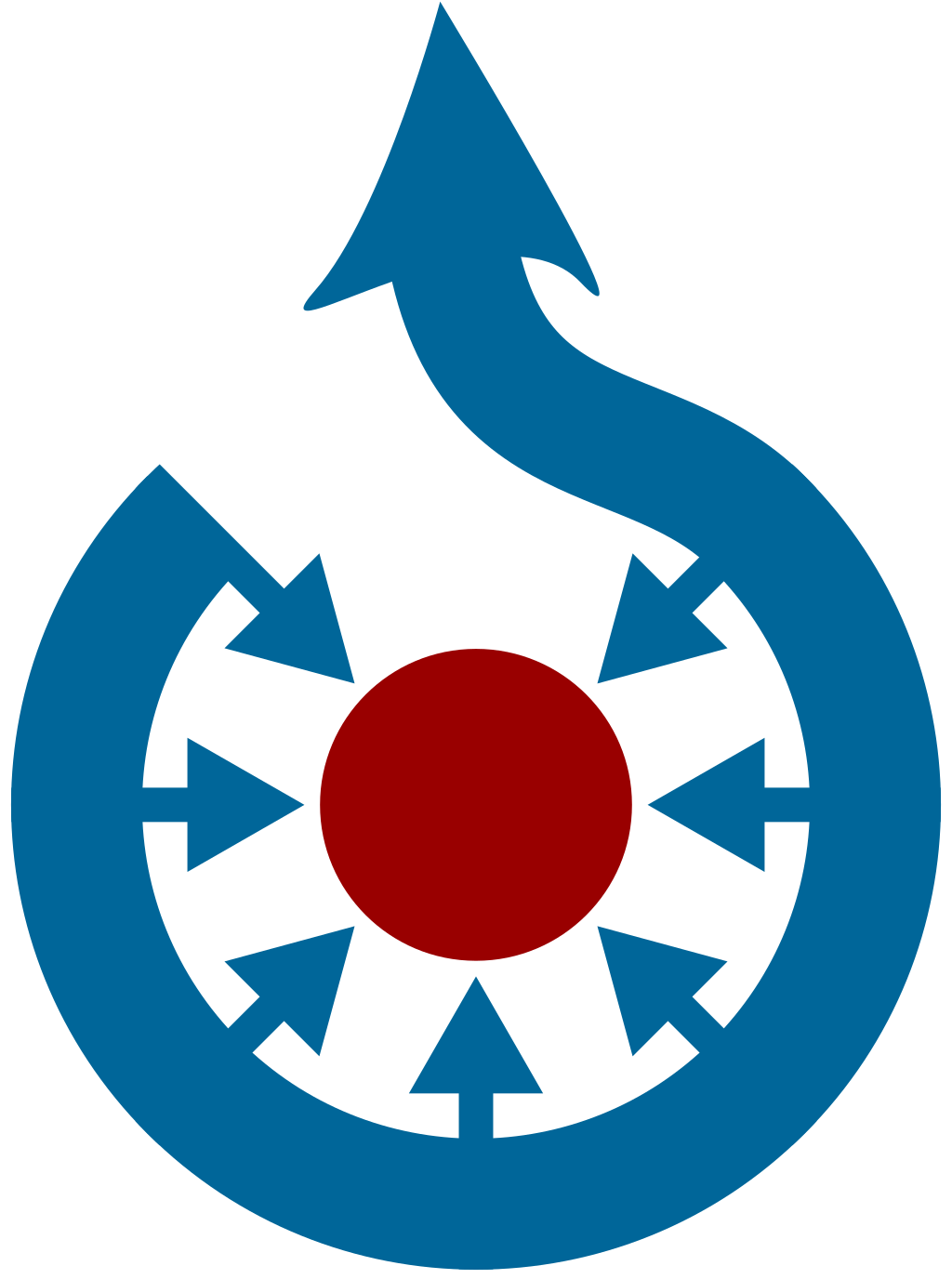
Vase ”Christmas Cactus”
Artist/Maker
DatesMade: Made 1901-02
Material / Technique
Dimensionsh x diam: Mått 17 x 14 cm
Inventory numberNMK 230/2015
AcqusitionPurchase 2015 Anna and Ferdinand Boberg Fund
Other titlesTitle (sv): Vas "Julkaktus" Title (en): Vase ”Christmas Cactus”
DescriptionDescription: This vase was made using a costly technique, marqueterie de verre, that involves rolling the partly inflated mass of hot glass in crushed glass and then reheating it. Further decoration in the form of applied, pre-shaped pieces of glass can be added to heighten the effect. Betzy Ählström was one of Sweden’s first female glass designers, working for the Reijmyre factory. At the Turin Exhibition of 1902, Reijmyre showed a number of unique pieces that won acclaim in the international press. Press text: New acquisition March 2016: Technically advanced Art Nouveau glass vase by Betzy Ählström Nationalmuseum has acquired a unique piece of art glass designed by Betzy Ählström. The Christmas Cactus vase was manufactured in 1902 at the Reijmyre glassworks where she was hired for a brief period. Ählström is now considered one of the female pioneers in the history of Swedish glassmaking and only a few works by her are known. The vase represents an important addition to Nationalmuseum’s art glass collection, and specifically to the group of glass pieces dating from the early 20th-century Art Nouveau period. This period had long been represented solely by the works of male designers. Over the past two decades, Nationalmuseum has made several attempts to add pieces by female designers of the time. Although their contribution was not large in quantity, in quality terms their work was at least as interesting as that of their male contemporaries. Ahead of the 1902 Turin International Exhibition of Modern Decorative Art, the Reijmyre glassworks turned its attention to technically advanced art glass. The company hired Betzy Ählström (1857–1934), a drawing teacher from Gothenburg, who served as in-house designer for a brief period in 1901–02, working exclusively on art glass. The Reijmyre pieces designed by Ählström were hailed as brilliant by the international press at the 1902 exhibition. Between 10 and 15 works by Ählström are known to still exist today. The glassworks opted for an elaborate technique inspired by the French art glass known as marqueterie de verre. While still hot, the piece is rolled in crushed glass and then reheated. Further decoration in the form of glass offcuts can then be added to enhance the effect. Reijmyre was fortunate to employ a highly accomplished glassblower, Fredric Kessmeier (1859–1946), who had the skills to turn design ideas into finished pieces. With this technique, the crucial parts of the process occur while the glass is hot, which calls for close collaboration between artist and glassblower on the shop floor. Betzy Ählström pioneered this kind of working relationship in Sweden, which became the norm for later generations of glass artists as the 20th century progressed. After the 1902 exhibition, Reijmyre ceased production using this technique on cost grounds, and Betzy Ählström faded into obscurity. In 1951, the estate of King Gustaf V donated to Nationalmuseum a small, unremarkable vase (NMK 11/1951), bearing the signature “Reijmyre No 8”, which had belonged to the late king’s consort, Queen Victoria. At the time, the designer of the piece could not be identified. It was not until 1980, when Nationalmuseum staged an exhibition of Swedish Art Nouveau glass, that the unknown designer Betzy Ählström was rediscovered. Nationalmuseum’s purchase of this vase was made possible by a generous donation from the Anna and Ferdinand Boberg Foundation, established in 1946 to manage the funds bequeathed by Mr and Mrs Boberg. Nationalmuseum has no budget of its own for new acquisitions, but relies on gifting and financial support from private funds and foundations to enhance its collections of fine art and craft.
Exhibited
Collection
MaterialGlass
Object category
